The Creepiest, Crawliest, Scariest Pests
While you’re busy putting the finishing touches on your extra-ghoulish zombie costume, just remember bugs are being their usual, creepy selves every day of the year. Why do bugs fill us with terror? Perhaps it’s the fangs and the stingers, the segmented bodies or the long, spindly legs. Or perhaps it’s the terrifying fact that bugs outnumber us humans 200 million to one, or the even more terrifying fact that there are an average of 400 million insects per acre of land.
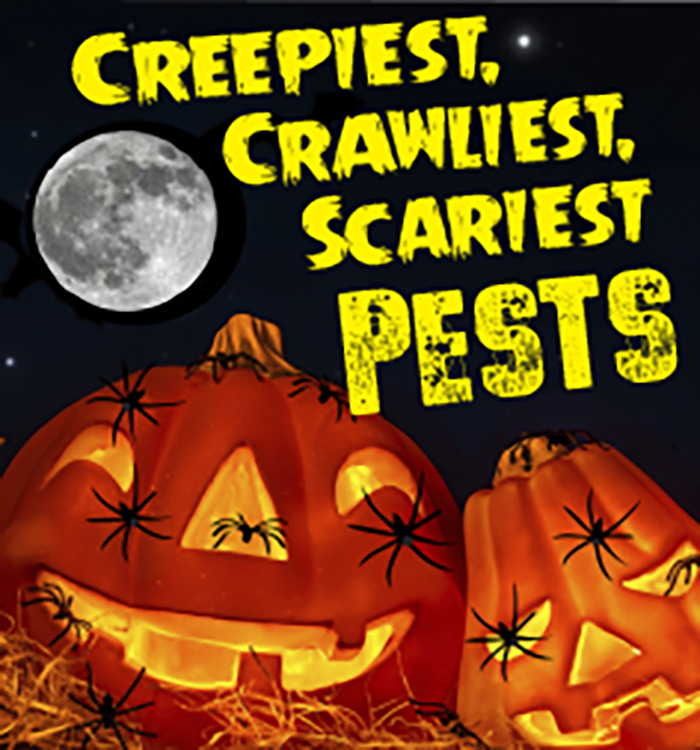 Regardless of the reasons why, there’s no denying bugs are creepy, prolific little beasts. So in honor of Halloween, we’ve compiled a list of the all-time creepiest bugs, both here at home and in far-off places around the world. Happy Halloween!
Regardless of the reasons why, there’s no denying bugs are creepy, prolific little beasts. So in honor of Halloween, we’ve compiled a list of the all-time creepiest bugs, both here at home and in far-off places around the world. Happy Halloween!
Flesh Flies
These disgusting little wingers breed and feed in feces and decaying material, and are known to lay eggs in the open wounds of mammals — humans included! In fact, their favorite meals are dead insects, excrement, crabs, snails, spiders and, of course, decaying flesh.
Tongue Eating Louses
Though they don’t affect us humans, these creepy bugs make the list because they have the unique ability to act as a stand-in for a fish’s tongue, effectively getting first dibs on every meal. Disgusting? You bet!
Africanized Honey Bees
Found in South and Central America and even parts of the American Southwest, Africanized bees look like their European counterparts, but they attack by the tens and hundreds of thousands, sometimes chasing their prey for over half a mile.
Titan Beetles
Resembling a cross between a scarab and a giant cockroach, titan beetles are found in Brazil, Columbia, Ecuador, Peru and Venezuela. They have sharp mandibles that can easily slice a pencil in half or tear into human flesh.
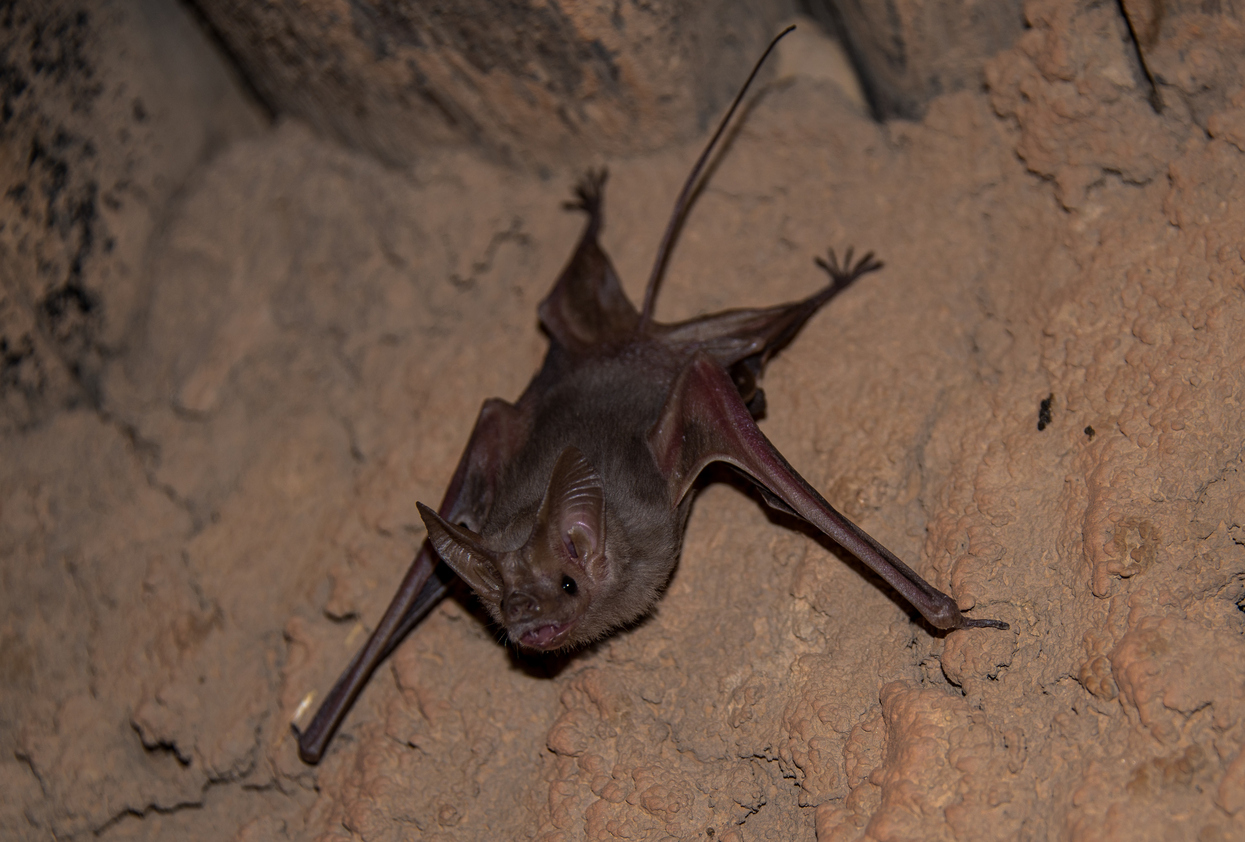
Vampire Bats
While most bats are friendly fliers who keep pesky bugs at bay, vampire bats feed off mammal blood and carry deadly diseases like rabies.
Black Widows
With their disorganized webs and abdomens marked by red or orange hourglass shapes, black widows look just as deadly as they sound. Adding to the creep factor, these spiders are one of the few species with enough venom to send you running straight to the hospital.
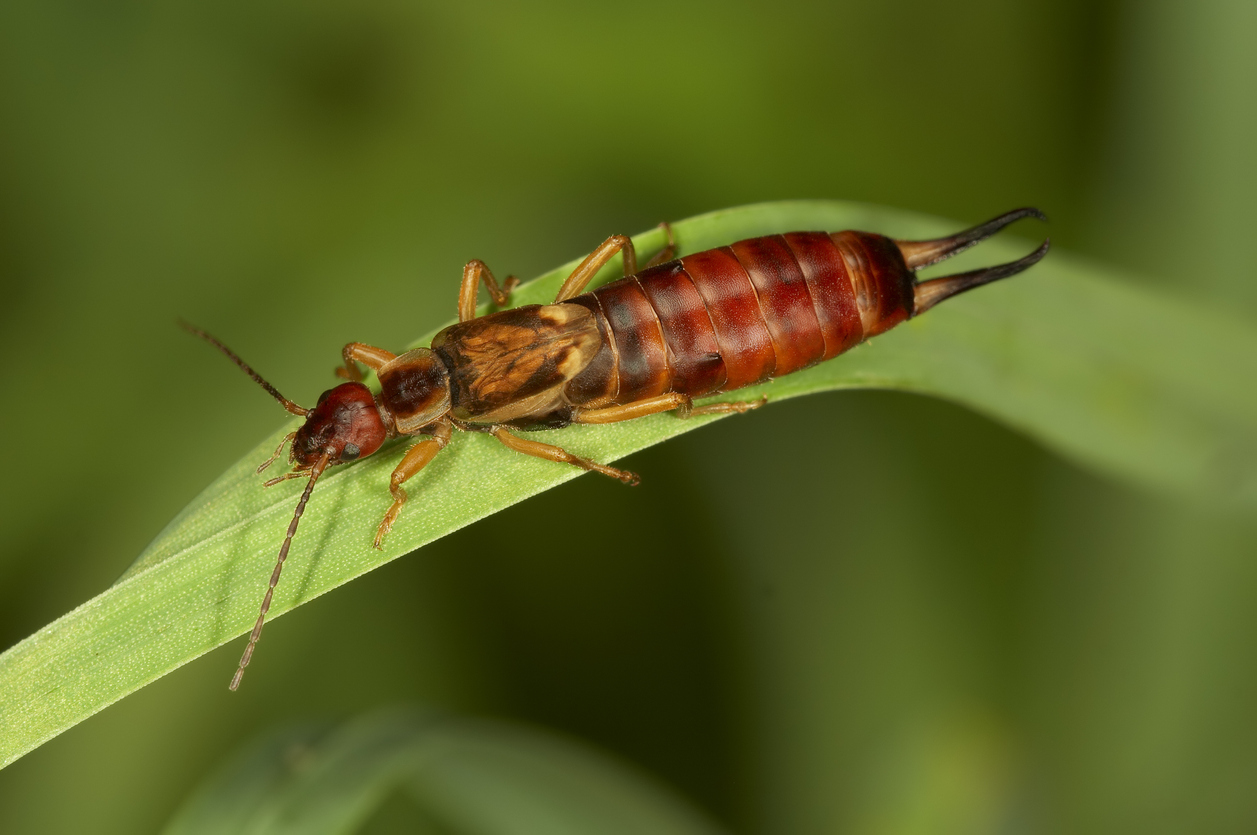
Earwigs
With a name that literally means “ear creature,” you know these beasts are bad news. The ancients were wrong in their belief that earwigs crawled into human ears and bored holes into the brain, but the creepy forceps on their abdomen definitely make them look capable of such a job.
Bed Bugs
Fueled by an overwhelming bloodlust and a reputation for being hard to kill, these buggers feed while you sleep, crawling out of bedside hideaways for the chance to feed on your flesh. Though they are only the size of an apple seed, their persistent nature can inflict untold insomnia and psychological warfare on their victims.
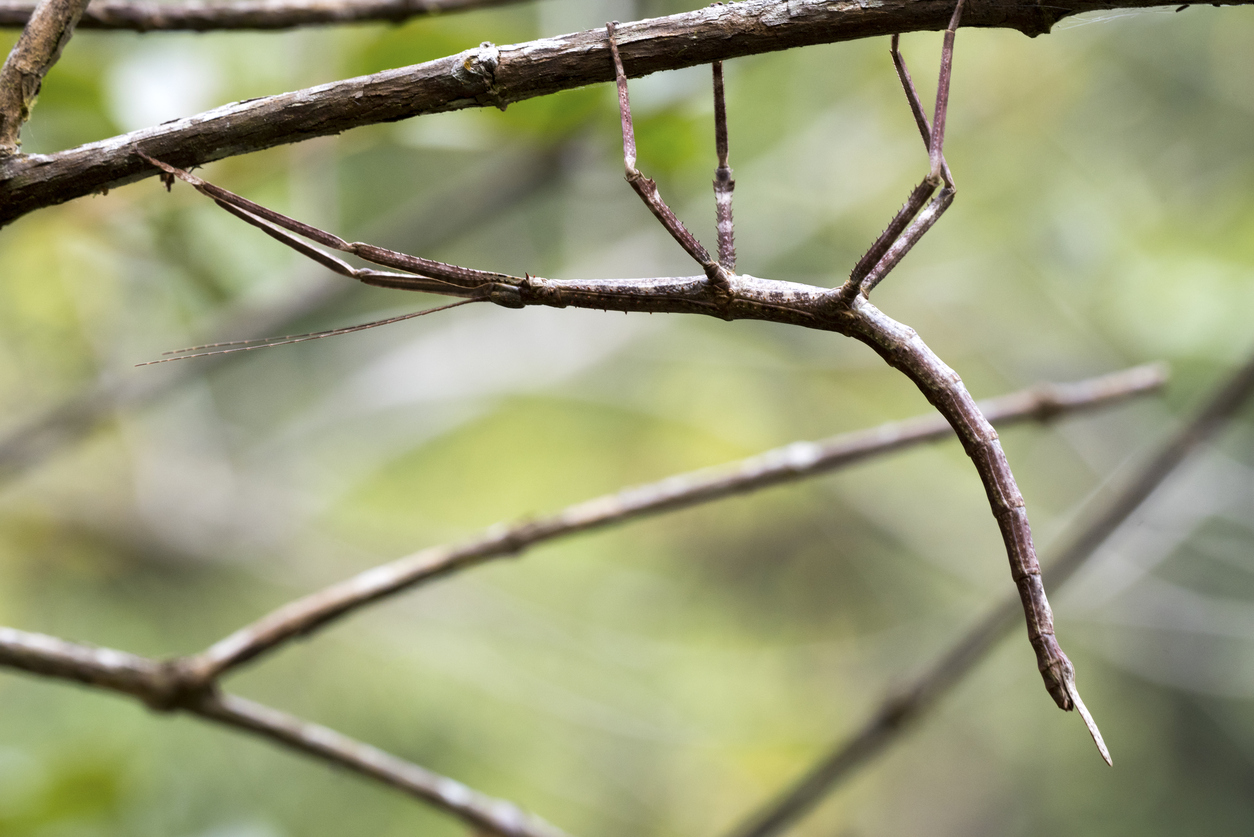
Giant Walking Sticks
Sure, these things are kind of cute, in a Jurassic Park meets Charlotte’s Web kind of way, but if you ever come across this beast in the wilds of New Guinea, it might feel threatened enough to squirt you with vomit, feces or blood.
Scorpion Flies
Found worldwide, this terrifying fly has a scorpion-like tail, large beady eyes, a pointed nose and a super creepy assortment of legs. Adding to the ick factor, female scorpion flies choose mates based on the quality of prey they offer.
Cockroaches
With over 4,000 species of cockroaches around the world, your dreams are never safe. Why are roaches so terrifying? Perhaps it’s their lightening-fast movements, or that they can live a week without their head. Add in the fact they thrive everywhere and can survive a nuclear attack, and you’ve got yourself a real Halloween nightmare.
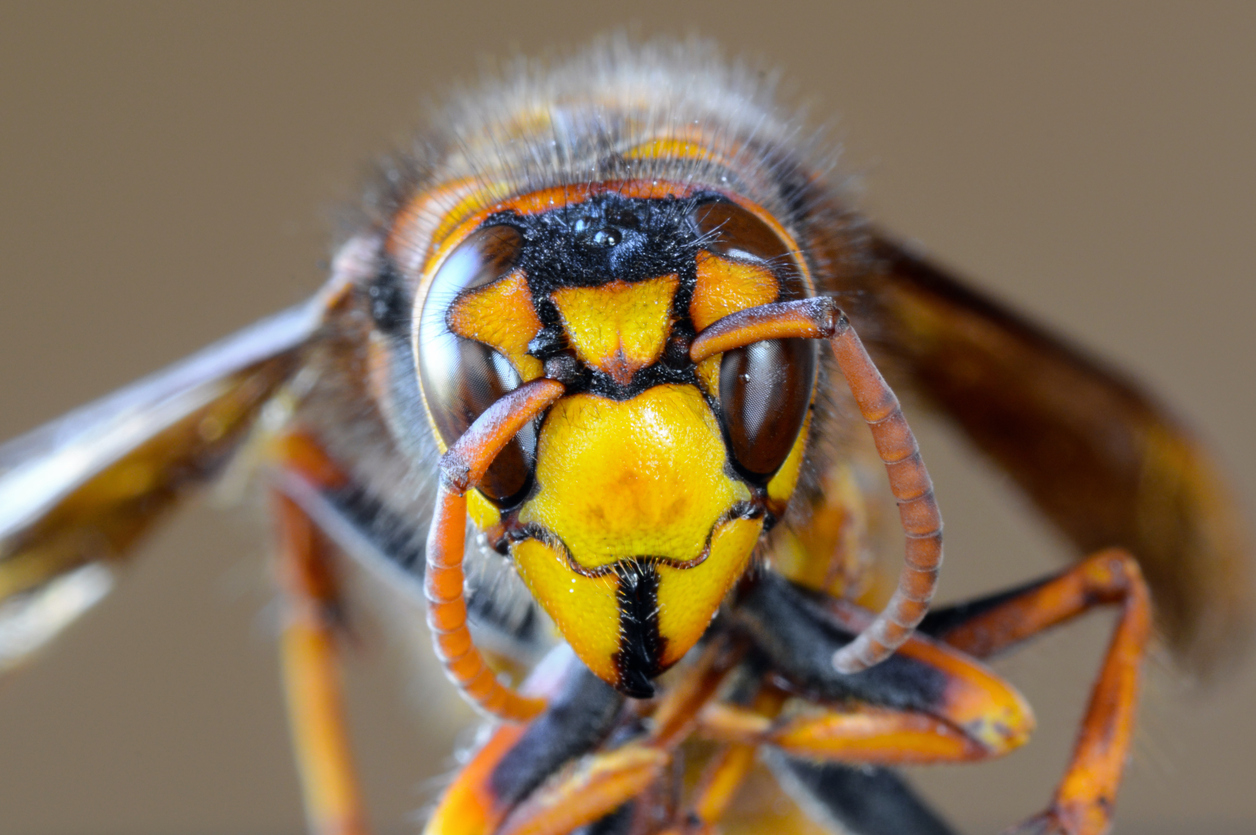
Japanese Giant Hornets
Found in the mountains of Japan, these extra-large hornets attack as entire colonies, and a single hornet can kill and dismember 40 European honeybees at a time. Their venomous bites claim the lives of up to 40 humans every year.
Amazonian Giant Centipedes
Found in the wilds of, you guessed it, the Amazon, this species is the largest centipede in the world, capable of reaching the size of a man’s forearm. With 46 creepy legs, these buggers can run, climb and make meals out of unsuspecting lizards, bats, frogs, birds and mice.
Bullet Ants
Found in the humid rainforests of Central and South America, these supersized ants have giant mandibles that can inflict one of the most painful bites in the entire insect kingdom — a 4+ on the Schmidt Sting Pain Index, which is roughly the equivalent of being shot with a nail gun.
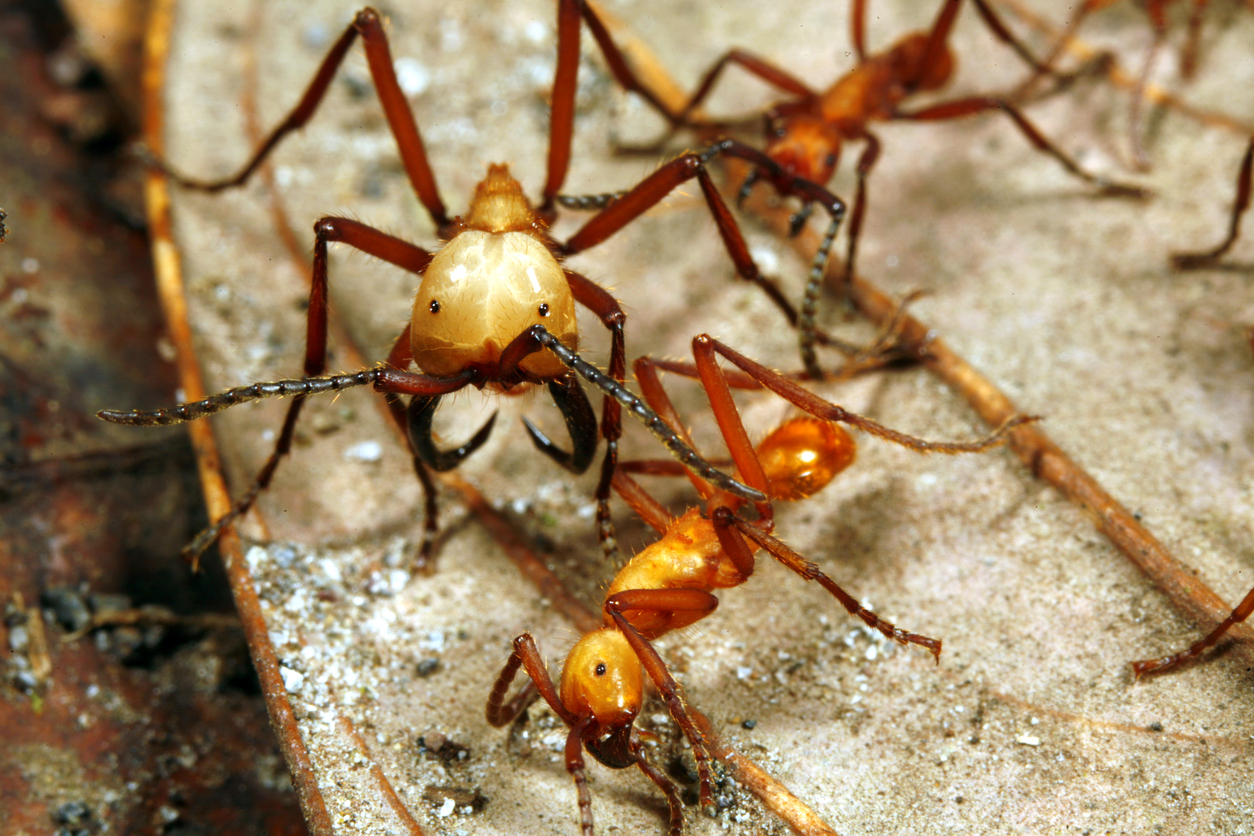
Army Ants
Known as siafu or army, soldier or killer ants, these giant, blind bugs travel by the millions through western Africa and tropical Asia, posing a real threat to anything that stands in the way of their powerful shearing jaws — including humans, cattle and elephants.
Human Bot Flies
Hitching a ride on horseflies and mosquitos, bot flies deposit eggs on human hosts. Once the eggs hatch into larvae that burrows into the skin, they can grow anywhere in the body, including tear ducts, eyelids and even the brain.
Tsetse Flies
Commonly found in central Africa, tsetse flies suck on the blood of humans and animals, carrying the deadly “trypanosome” parasite, which causes sleeping sickness and leads to a deadly infection of the brain. Killing nearly 300 people every year, death is preceded by dementia, convulsions, paralysis and even coma.
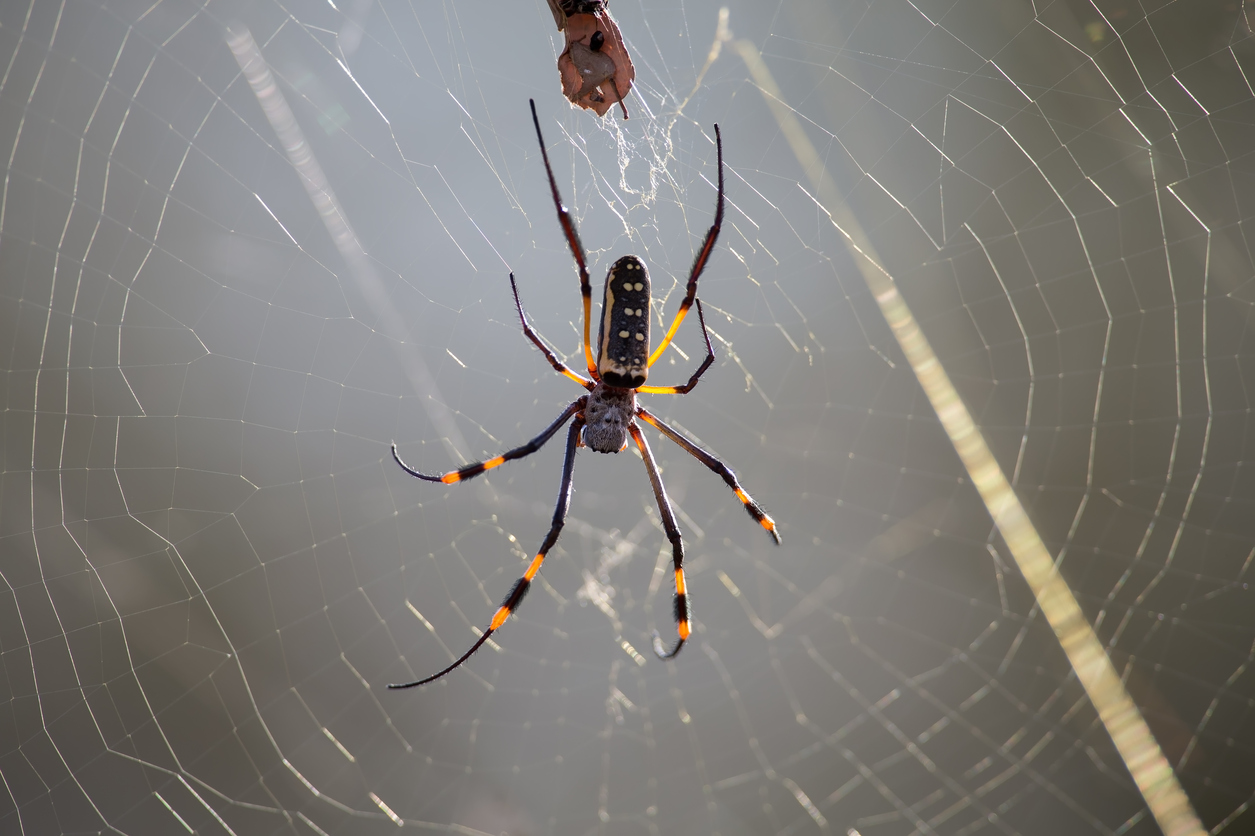
Giant Orb Weaving Spiders
Known for their impressively strong and silky webs, these Australian weaving spiders have been known to eat small birds and snakes by injecting them with their neurotoxic venom.
Scared Yet?
Unless your nightmares count, we doubt you’ll come across any bullet ants or giant centipedes anytime soon. But when it comes to conquering your more common household pests, Arrow is here to help. To keep creepy crawlies from spoiling your Halloween fun, call Nader's today!






 YouTube
YouTube Facebook
Facebook Twitter
Twitter